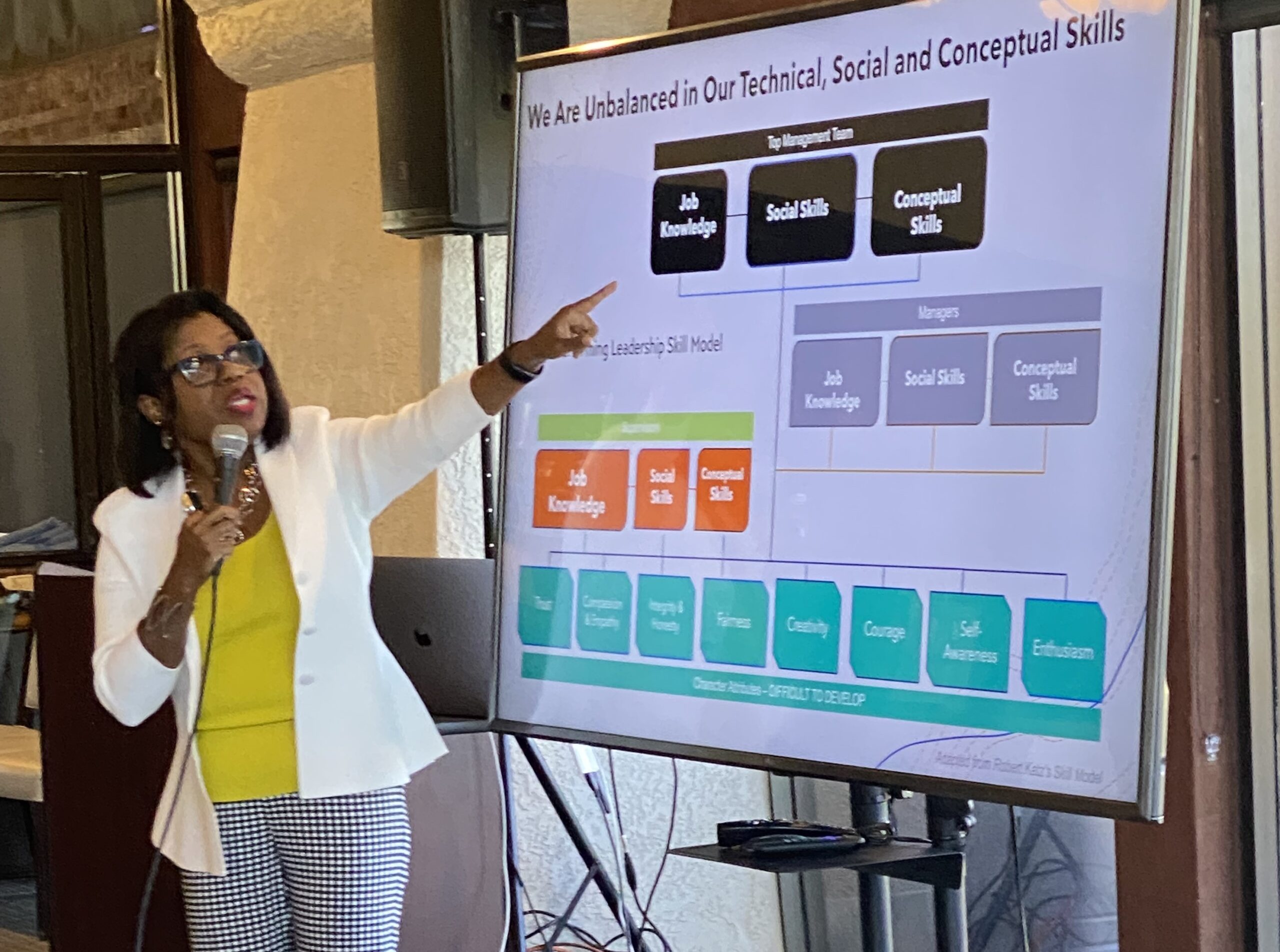As a culture enthusiast and researcher, I’m always interested in learning more about what is going on in an organization and the potential causes that result in obstructive outcomes to individual and organizational goals. I’ve learned that people typically don’t set out to fail. When failure or setbacks occur, it’s often because of miscommunication, unclear expectations, or some type of conflict. Telling someone to hit the ground running is like giving them the keys to the car and saying do whatever you need to do to get to where you need to go. Sounds good on the surface, but in reality, it’s a terrible idea. If you own the car and are accountable for their safety and the outcomes of the journey, you have to do more than hand them the keys.
I recall being given the keys to a brand-new, shiny organizational car. I was a top performer in a prior organization and followed the CEO to this new company, so he knew my talent and capability. He said, “Pam, do what you do; we need to get this department into compliance.” So, off I go, and down I went. I still have bruises from that crash. I knew MY stuff; I just didn’t know THEIRS – at least not well enough to hit the ground running. Both the CEO and I made a fatal mistake: while the work was the same, the people were not. People are the bedrock of culture. They could care less about my talent in this family-oriented culture. Coming from a results-driven culture, I behaved like a Formula 1 driver with no Team Strategy, and I crashed at every turn.
What happened next changed everything. In my frustration, a kind older leader sat me down and told me that in their (family) culture, no one cared about my talent or my goals because they didn’t know me, and I wasn’t taking the time to get to know them. I had to involve them more. I had to get their buy-in and support in order to achieve OUR objectives. I pivoted and made MY objectives OUR objectives and brought the family along for the ride. From there, things got impressively better. Did my kind advisor specifically say “family”? No, but the way she described the culture told me everything about what I needed to have a sense of belonging and to have my voice heard.
Did this shift require me to develop new skills? Yes.
Was the shift challenging? Yes. It took a minute to shift my mindset and perspective. At times, I wanted to abandon the job because the learning curve was fast and furious. But I didn’t.
How long did it take? I spent the remainder of the year making adjustments, learning how they did things, and how to build better relationships to influence the change that was needed.
What surprised me most? The amount of time it took to get full compliance and buy-in. This is where I learned that it takes at least a year to understand how to navigate an organization’s culture. Understanding the various business cycles is best learned through experience. This is why culture change is a challenging process. It takes time because mindsets, behaviors, policies, practices, and methodologies are baked into the “current way,” and all of you reading this know how challenging it is to get people to change their thinking.
Did we wait a year for success? No, but it was incremental. It required a reset of expectations for both myself and the CEO.
If someone tells you to “hit the ground running,” don’t run; walk instead.
Pam



